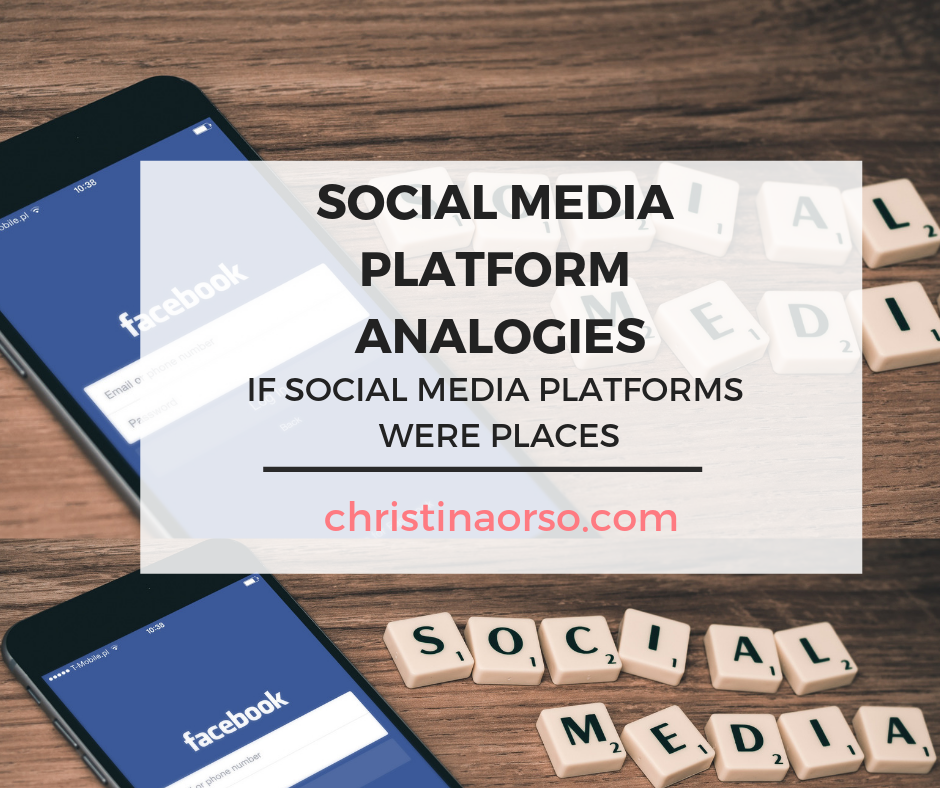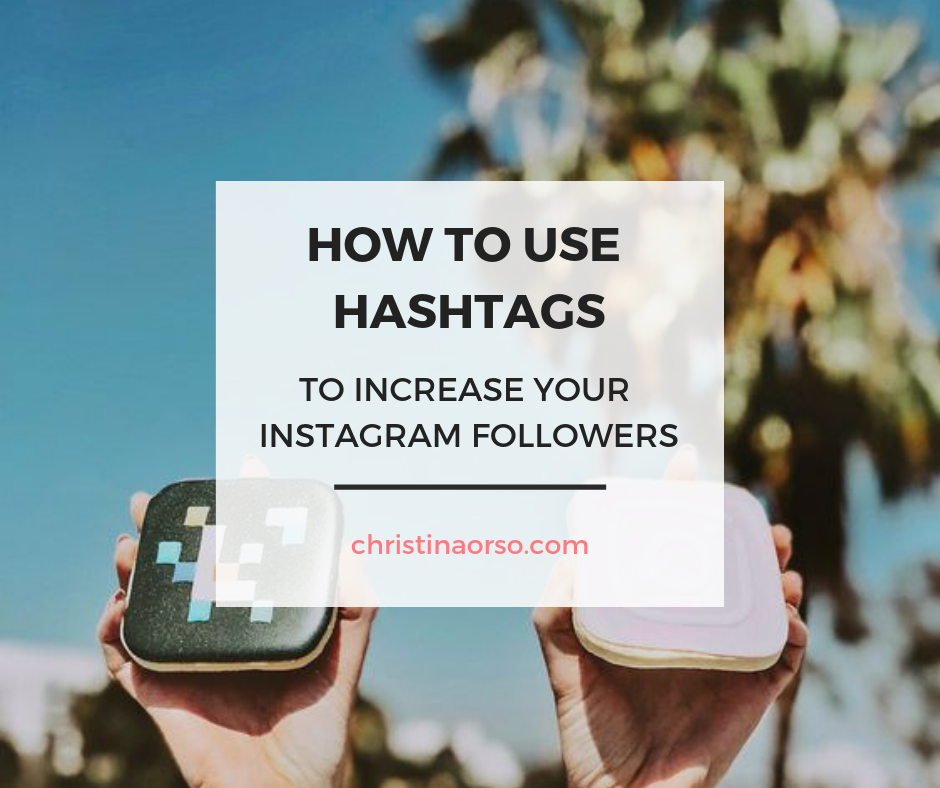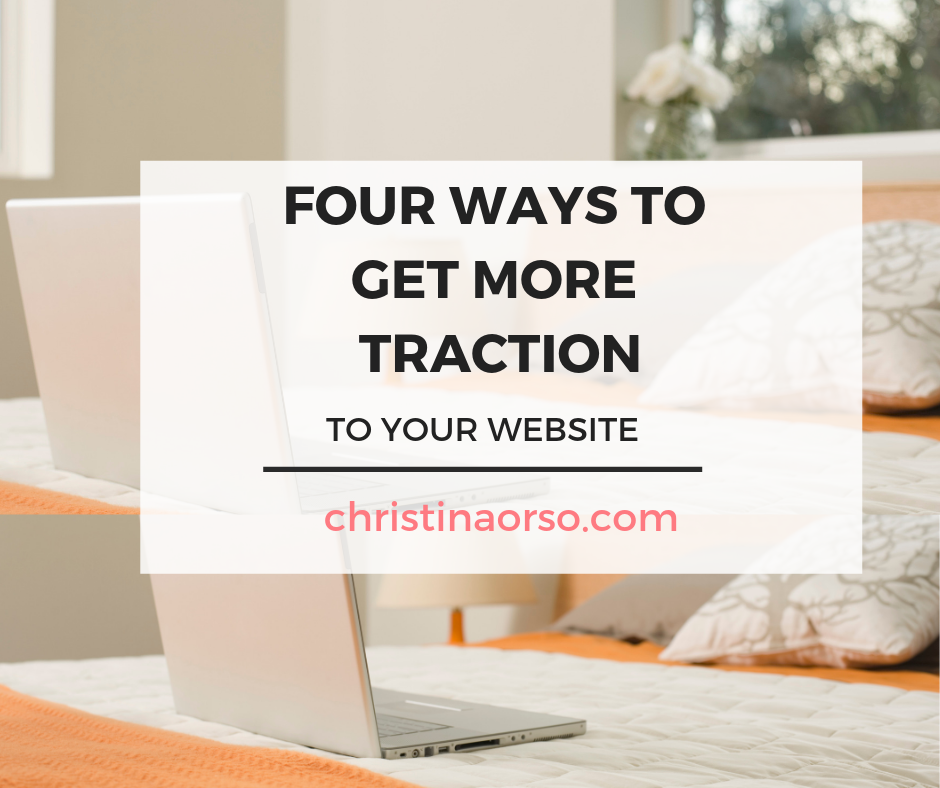 If you’re new to social media, you’re probably wondering what each of the key platforms is all about. You’re also in the right place — here — reading this blog. Many people don’t know how to effectively use each platform to its potential or they’re not using them correctly. Each one is designed with a specific purpose in mind and to get the most for your business, you’ll need to know what they’re designed for.
If you’re new to social media, you’re probably wondering what each of the key platforms is all about. You’re also in the right place — here — reading this blog. Many people don’t know how to effectively use each platform to its potential or they’re not using them correctly. Each one is designed with a specific purpose in mind and to get the most for your business, you’ll need to know what they’re designed for.
First, let’s think of social media as a telephone. The most important thing you should know is that it’s a two-way dialogue between your customers and your business.
Wrong: Using social media as a monologue, talking way too much about yourself and blaring about why your products or services are special
RIGHT: Using social media as a two-way dialogue, listening to what your customers have to say and providing a way to help them
Second, let’s think of the social media platforms as if they were places…
Facebook is like a bar. Think of it as a fun, casual place to meet up with friends. Here’s where you’ll catch up with old pals, update friends on your whereabouts, share family photos, tell jokes, or make weekend plans.
Instagram is like an art gallery. Maybe you’re showing off your newest piece. Maybe you’re scrolling through your friend’s artwork. Photos, collages, videos, but still, conversation.
Twitter is like a house party. You’re chatting, connecting, networking, sharing information, making friends. Here’s where you’ll make the most small talk in short, but ongoing sessions.
LinkedIn is like a job interview. Here’s where you’ll show off your professional side. You’ll have a more refined, educated tone in your writing. It’s a place to showcase your resume, employment history, and portfolio. You’ll make connections, pitch ideas, recruit or be recruited.
Pinterest is like a bulletin board. You’ll share ideas, projects, inspirational quotes, and anything creative on a digital bulletin board. Your boards can be seen and shared with others who are either prospective or current customers.
YouTube is like a movie theatre. It’s huge, loud, in your face, and a gold mine for videos begging to be watched. Grab the popcorn and press play.
Now that you have a better idea of how each platform works, start brainstorming ways that you can most effectively use them. It’s okay if your main goal is to promote your product or service. It should be. But remember it’s not just about self promotion; it’s about connection with your ideal customer base, gaining followers, and increasing customer retention.

